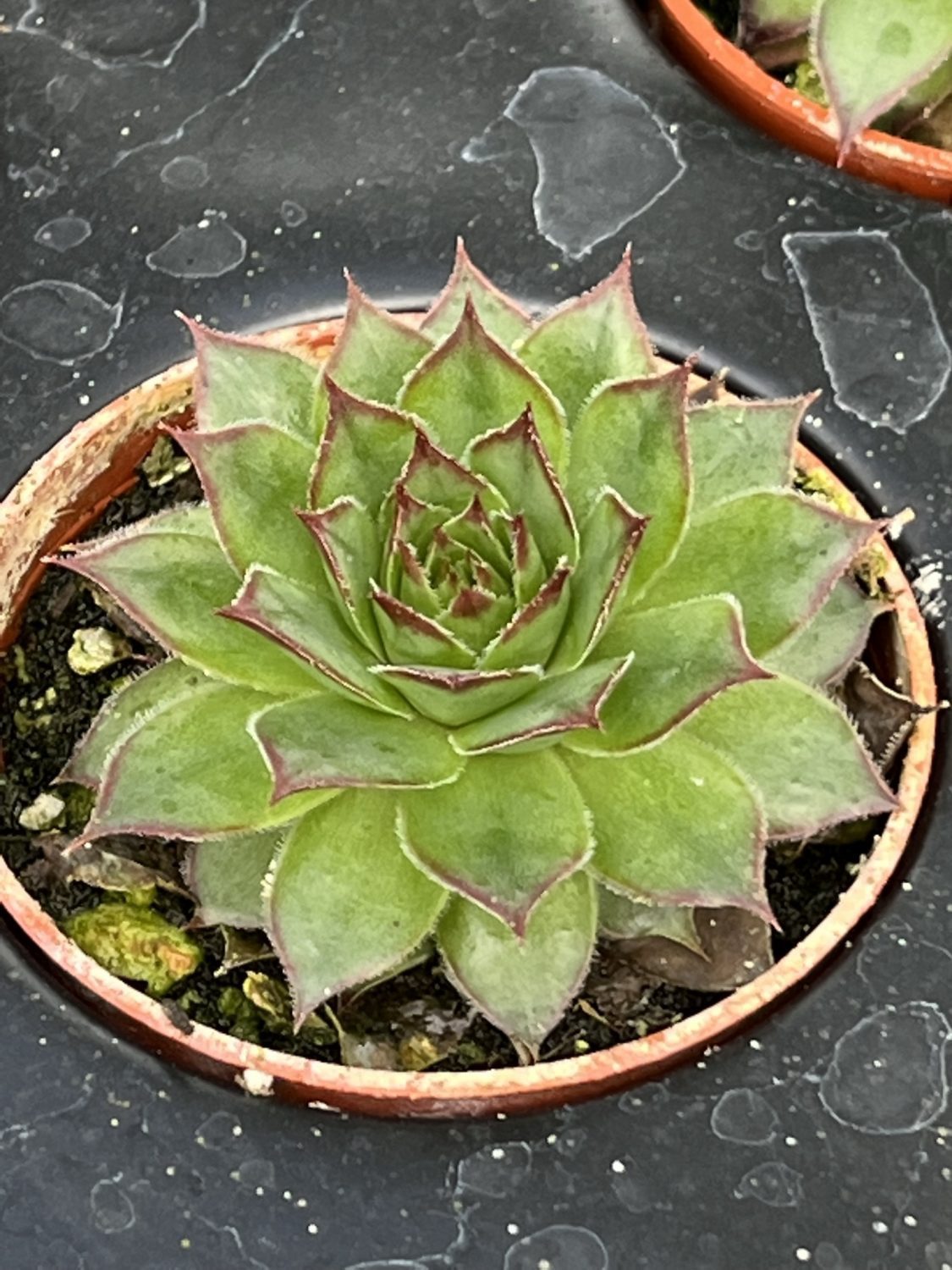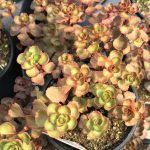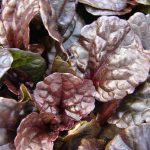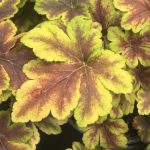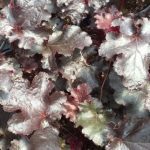Sempervivum; Hen and Chicks, Black Rose
Price range: $4.99 through $9.99
Discount per quantity
| Quantity | 3 - 8 | 9 - 14 | 15+ |
|---|---|---|---|
| Price | Price range: $4.84 through $9.69 | Price range: $4.69 through $9.39 | Price range: $4.49 through $8.99 |
| % Discount | 3% | 6% | 10% |
Description
Black Rose Hen and Chicks (Sempervivum): Your Warm-Hearted Guide
Welcome, plant friends! In this deep dive, we explore Sempervivum ‘Black Rose’, a striking member of the hardy hen-and-chicks clan. We will walk together through its story, its look, and—most of all—how you can help it shine in your space. Grab a cup of tea, settle in, and let’s grow.
Meet the Star of the Show
A Snapshot
- Botanical name: Sempervivum ‘Black Rose’
- Family: Crassulaceae
- Common group: Hen and Chicks
- Growth habit: Low rosette, spreading by offsets
- Best for: Rock gardens, containers, green roofs, sunny borders
Origins in Plain Words
The Sempervivum tribe calls the high mountains of Europe home. “Sempervivum” means “always living,” a nod to their resilient spirit. ‘Black Rose’ is a modern cultivar bred for dramatic color. Instead of simple green, it shows deep burgundy that can look almost black in cool weather. In other words, it is a living jewel that changes with each season.
Why Gardeners Cheer for ‘Black Rose’
- Color Drama All Year—Leaves darken with cold, then warm to wine-red when days grow long.
- Easy Life Needs—It asks for sun, sharp drainage, and little water.
- Tight Shape, Neat Edges—Each rosette sits like a tiny lotus, tidy and self-contained.
- Childlike Offsets—Baby “chicks” appear on short runners, ready to settle nearby. We share them with friends, and the plant keeps on giving.
- Cold Hardy—Down to -30 °F (-34 °C) with snow cover. That means long-lasting joy even where winters bite.
Detailed Description
Rosette Size and Shape
Mature rosettes reach 3 – 4 inches wide, sometimes more in rich ground. Leaves are spoon-shaped and end in gentle points. Because of close stacking, the rosette looks like a rose carved from stone.
Leaf Color
Early spring: deep plum.
High summer: dusty maroon mixed with green on inner leaves.
Autumn chill: nearly black outer leaves, glowing heart of scarlet inside.
Winter rest: smoky purple under snow or frost.
Bloom Time and Form
After more than two to three years, a well-fed rosette may bloom. A thick stalk rises up to 6 inches. Pale pink star flowers appear in clusters. The show lasts a few weeks, then that rosette finishes its life cycle and dries back. But don’t worry—the surrounding chicks keep the clump alive and thriving.
Texture Up Close
Leaf surfaces are smooth but carry a faint powder you can wipe away. Edges may have a fine row of cilia, giving a soft halo in strong light.
Pick the Perfect Home
Sunlight Requirements
‘Black Rose’ loves sun. Six or more hours gives the richest color. In blazing summer areas, light afternoon shade is fine, but morning sun stays key. Without enough rays, leaves turn plain green and stretch.
Soil and Drainage
Think alpine slopes: loose, rocky, fast-draining. Aim for soil pH around 6 – 7. Amend heavy clay with coarse sand, fine gravel, and composted bark. Raised beds and crevice gardens work wonders.
Containers That Shine
Shallow terracotta pans, stone troughs, and hypertufa bowls highlight the rosette form. Ensure at least one drainage hole. Add a 1-inch layer of pea gravel on top for a tidy finish and to keep leaves dry.
Climate Zone Notes
USDA Zones 3 – 8 are ideal. In humid summer climates (southeastern U.S.), give extra airflow and gritty soil to fight rot. In arid deserts, afternoon shade prevents leaf scorch.
Planting Step-by-Step
- Prepare the Mix
- 50 % coarse sand or granite grit
- 25 % potting soil
- 25 % pumice or perlite
- Set Your Spacing
Place each rosette 4 – 6 inches apart. They will fill the gaps within a season. - Plant Depth
Keep the crown level with the soil surface. Burying it invites moisture and rot. - First Drink
Water once to settle roots, then hold off until the soil dries fully. - Top Dressing
Spread a thin gravel layer. This reflects heat in winter sun, reduces splash, and highlights color.
Everyday Care
Watering Wisdom
Less is more. During active growth (spring and early summer), water when soil is completely dry. In cool seasons, rainfall alone may be enough. Indoors, water every three to four weeks. Always soak thoroughly and let extra run out.
Feeding
Feeding is light. A sprinkle of low-nitrogen, slow-release fertilizer (5-10-10) in spring is plenty. Too much nitrogen leads to floppy, dull leaves.
Grooming and Pruning
Remove dried leaves at the base to improve air flow. Snip spent bloom stalks once the flowers fade. Trim away old hens that decline after flowering. This makes room for fresh chicks.
Overwintering Tips
In harsh winter zones, snow is a blanket. Where snow is scarce but cold is deep, cover pots with a cold frame or move them under an eave so they stay dry. Avoid unglazed ceramic pots that may crack during freeze-thaw cycles.
Troubleshooting Common Issues
| Problem | Quick Sign | Simple Fix |
|---|---|---|
| Crown Rot | Mushy, dark center | Pull off wet soil, let plant air-dry, replant in gritty mix |
| Mealybugs | White cotton at leaf bases | Dab with alcohol-soaked cotton swab, repeat weekly |
| Stretching | Tall neck, pale leaves | Increase sun, reduce water, pinch off stretched top |
| Leaf Spots | Small brown rings | Improve air flow, avoid overhead watering |
Instead of panicking at first sight of trouble, pause. Check light, water, and soil. Nine times out of ten, one of those three holds the answer.
Propagation and Sharing Joy
By Offsets (Chicks)
- Wait for chicks with roots of their own (late spring).
- Tug gently or clip the runner.
- Rest the offset on dry mix for two days. This seals the cut.
- Plant in a new pot, water once, then wait until dry.
By Leaf Cutting
Less common but possible. Twist a whole leaf with a tiny heel of stem. Let it callus, place on gritty mix, mist every few days. Expect roots in a month and tiny rosettes in three.
By Seed
Sow fresh seed on sterile sand. Mist, keep cool (60 °F), and give bright light. Germination takes two to four weeks. Seedlings vary widely; only a few will mimic ‘Black Rose’. This path is for the patient explorer.
Creative Design Ideas
Rock Garden Poetry
Plant clusters among stones. The dark rosettes pop against gray granite.
Green Roof Magic
Their shallow roots and drought tolerance make them top picks for living roofs. Mix with golden sedum for contrast.
Vertical Frames
Fill a sturdy wall planter with many chicks. Over time, a mural of rosettes forms, shifting hue with the seasons.
Tabletop Centerpiece
Arrange in a low bowl with white quartz chips. Add a weathered driftwood stick for height. Now you have art.
Fairy-Size Accents
Because each rosette looks like a mini rose, tuck them beside tiny figurines. Children love discovering these surprises.
Companion Planting Partners
- Sedum ‘Angelina’—Bright yellow needles, spreading carpet.
- Delosperma cooperi—Hot pink ice plant flowers in summer.
- Thyme ‘Elfin’—Fragrant mat that blooms lavender.
- Armeria maritima—Sea thrift puffs add spring cheer.
- Dwarf Campanula—Blue bells peek between rosettes.
These friends enjoy the same lean soil and bright sun. Together, they weave a tapestry of color, texture, and scent.
The Story Behind the Name
Gardeners long ago noticed mother plants (hens) sending out baby rosettes (chicks). That image stuck. ‘Black Rose’ earns its name from the swoon-worthy shade of its leaves. After more than a decade on the market, it remains a favorite because few hardy succulents match its depth of tone.
Some still connect Sempervivum with folklore. People once grew them on cottage roofs to guard against lightning. We may not rely on them for storm safety today, but we do trust them to bring calm beauty.
Sustainability Spotlight
- Using Sempervivum in dry gardens saves water.
- Long life span means fewer replacements and less waste.
- Pollinators, especially bees, visit the summer flowers.
- Because plants multiply, you can share divisions instead of buying new stock.
Each small choice we make—like planting a drought-smart gem—adds up. Imagine entire neighborhoods dotted with low-water pockets that welcome bees. Together we create greener towns.
Frequently Asked Questions
“Can I grow ‘Black Rose’ indoors?”
Yes, if you provide a sunny south-facing window or LED grow light. Rotate the pot weekly to keep growth even.
“Why did my hen die after blooming?”
That rosette finished its natural cycle. Simply cut it out and let the chicks fill in.
“Will deer eat it?”
Rarely. The thick leaves taste bitter. Deer move on to tastier fare.
“Is it safe around pets?”
Sempervivum is non-toxic to cats and dogs. Still, place pots out of reach if your pet loves to dig.
“How fast does it spread?”
Expect each hen to make 3 – 8 chicks per season under good care. That slow spread keeps the plant neat without taking over.
How to Care for ‘Black Rose’ at a Glance
- Sun—Full sun for color, part sun where summers scorch.
- Soil—Gritty, quick-draining. Avoid peat-heavy mixes.
- Water—Deep drink, then let dry. Less in winter.
- Feed—Minimal, low-nitrogen in spring.
- Temperature—Thrives 20 °F to 80 °F; hardy well below zero with dry roots.
- Groom—Remove dead leaves and faded stalks.
- Multiply—Separate offsets in spring or early summer.
Keep this checklist handy. It turns care into a simple rhythm you can dance to all year.
Growing Together, Flourishing Forever
Look at us—we started with a name and now we stand inside a full picture of Sempervivum ‘Black Rose’. We know its roots in alpine history, its shifting colors that thrill the eye, and every step we need to keep it healthy. When we plant with intention, we do more than create beauty. We craft small sanctuaries where life, color, and calm meet.
So, let that first rosette settle into its new pot or rocky nook. Watch the chicks appear. Share them with neighbors. Smile each season as the leaves darken, then glow, then deepen again. This living rose never wilts in a vase; it grows beside us, reminding us that strength and grace can sit side by side.
Seeds of Joy, Petals of Purpose
Additional information
| Weight | N/A |
|---|---|
| Options | 2 in. (3 fl.oz.) Pot, 4 in. (16.9 fl. oz.) Pot |

